Cheng Ching-hsiang (鄭青祥) turned a small triangle of concrete jammed between two old shops into a cool little bar called 9dimension.
In front of the shop, a steampunk-like structure was welded by himself to serve as a booth where he prepares cocktails.
“Yancheng used to be just old people,” he says, “but now young people are coming and creating the New Yancheng.”
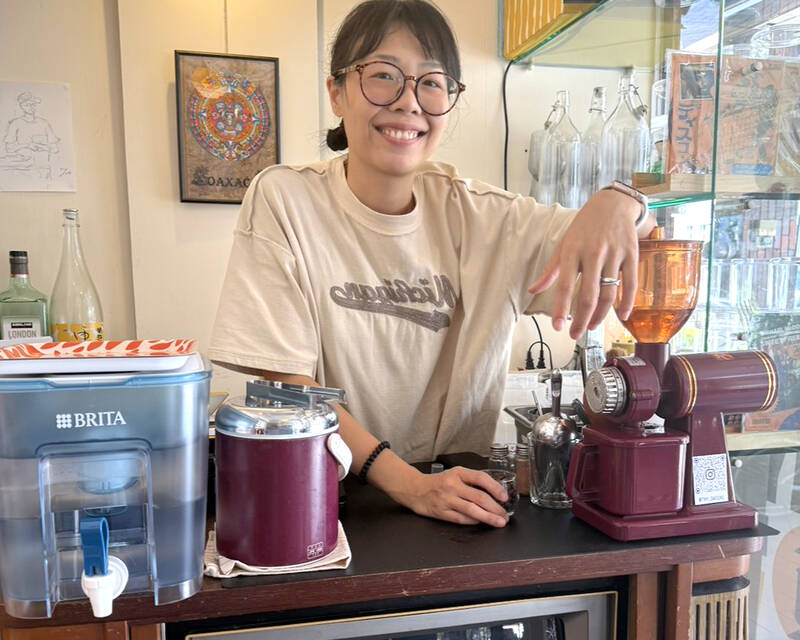
Photo: Julien Oeuillet
Around the corner, Yu Hsiu-jao (饒毓琇), opened Tiny Cafe. True to its name, it is the size of a cupboard and serves cold-brewed coffee.
“Small shops are so special and have personality,” she says, “people come to Yancheng to find such treasures.”
She carved her counter from a 1970s television and lets customers select jazz and funk music from a smartphone hanging on the wall.
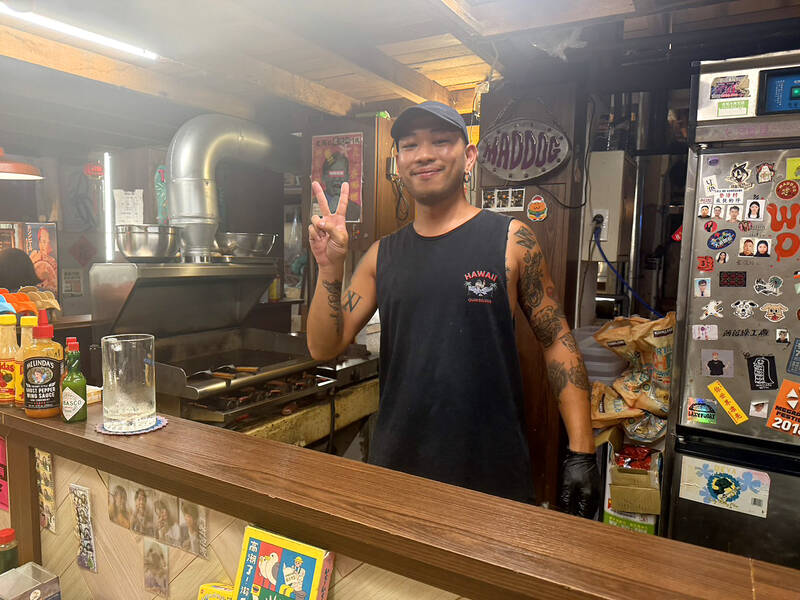
Photo: Julien Oeuillet
“Yancheng was like dusk, and now it’s a rising sun,” she says, “but it still has its slow vibe.”
NEW VIBE
Yancheng is the oldest district of Kaohsiung. Although the city’s shoreline has been entirely redesigned into the fancy Pier-2 Art Center, the pinnacle of Kaohsiung’s renaissance as a city of arts and culture, inland the old streets and covered galleries were left mostly untouched.
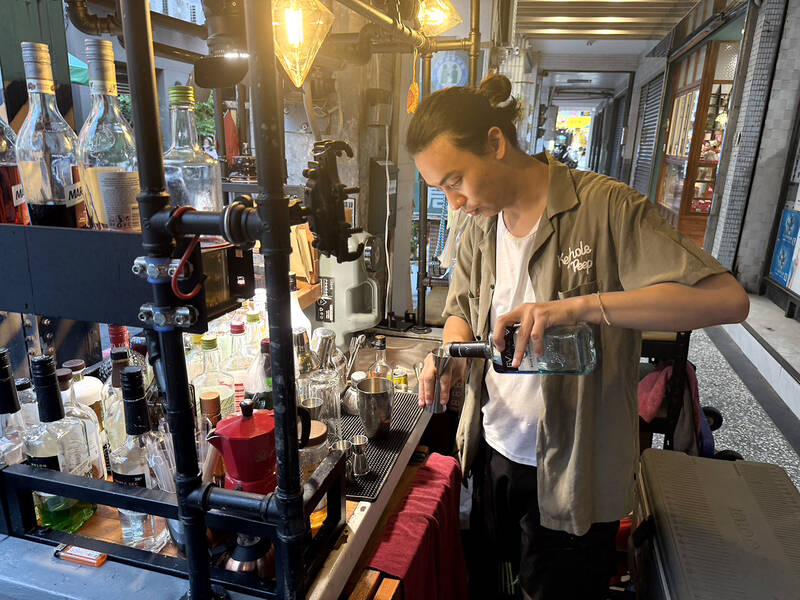
Photo: Julien Oeuillet
Now a young generation, attracted by low rents and rough authenticity, is starting small businesses.
Zhang Zhi-ning (張致寧) created a vintage clothes shop five years ago called Laomao Shanghang (老耄商行). “It means something like ‘old men,’ as in ‘old fashioned,’” he says, “because I love old fashion styles.”
Though from Taipei, Zhang now considers himself a “Yancheng person.” Several of the young people working in these shops come from other places such as Taipei or Taichung, where they say social inequality is higher.
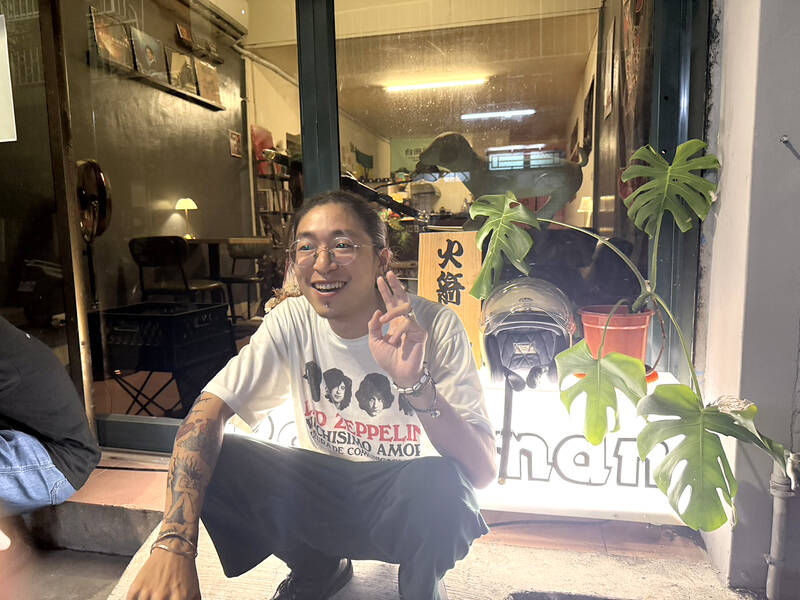
Photo: Julien Oeuillet
While the city government was heavily involved in the renovation of Pier-2, it took a more hands-off approach to Yancheng. But it did make one big contribution: the restoration of the former covered market, which is now the nexus of its renewal.
“Before it was dark and dirty,” Zhang says, “now it’s full of light and very beautiful. Since they updated this building many people come. It’s still old-fashioned, but updated.”
Since then, young shopkeepers have flocked to it and the place has grown organically.
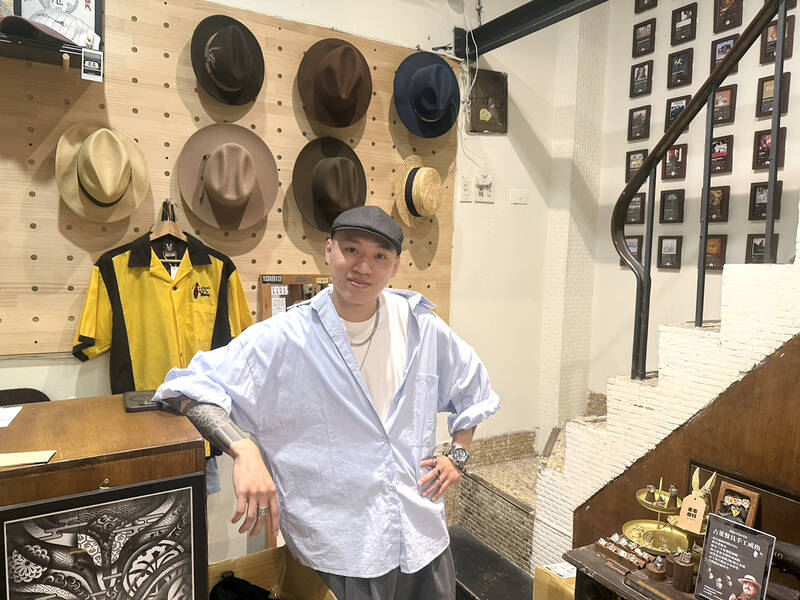
Photo: Julien Oeuillet
The covered market still has some booths made of slant marble once used by butchers and fishermen. Now they host small restaurants and novelty shops, adorned with posters by local bands or artists.
One of them is MadDog, a taco and burrito restaurant opened in 2022 by a young local, Hsu Jiong-gang (許炯罡).
“I am a phoenix,” he says. “I was like a zombie before, I did not know what to do with my life. I just worked and rested and drank! Since I have this store, I have a purpose. Like I restarted my life.”
CATERING TO YOUNG LOCALS
All these young shopkeepers report seeing some tourists walking over from Pier-2, but mostly they cater to young locals, who make Yancheng a focal point.
According to Hsu, “people are the best thing about Yancheng. They have more passion. They will introduce their stores and their stories, they want to make friends.”
Zhang concurs: “People come back again, they remember me, my story, my shop, and even my staff.”
Hsu noted that most older shopkeepers are active in the morning, operating small shops in the covered galleries that connect the streets, meaning they interact with the younger ones in the middle of the day.
In these galleries, old Taiwanese songs play over speakers, and the old-timers sell clothes, teapots, antiques, or even services such as fortune-telling and massages. All blend into a deliciously retro ambiance, far from modern malls.
There was a risk that Yancheng would die out as the old shopkeepers retired.
The new blood is keeping the authentic vibe and rough, humble atmosphere intact while reshaping it for an artsy, colorful, younger generation.

Sept. 1 to Sept. 7 In 1899, Kozaburo Hirai became the first documented Japanese to wed a Taiwanese under colonial rule. The soldier was partly motivated by the government’s policy of assimilating the Taiwanese population through intermarriage. While his friends and family disapproved and even mocked him, the marriage endured. By 1930, when his story appeared in Tales of Virtuous Deeds in Taiwan, Hirai had settled in his wife’s rural Changhua hometown, farming the land and integrating into local society. Similarly, Aiko Fujii, who married into the prominent Wufeng Lin Family (霧峰林家) in 1927, quickly learned Hoklo (commonly known as Taiwanese) and

The low voter turnout for the referendum on Aug. 23 shows that many Taiwanese are apathetic about nuclear energy, but there are long-term energy stakes involved that the public needs to grasp Taiwan faces an energy trilemma: soaring AI-driven demand, pressure to cut carbon and reliance on fragile fuel imports. But the nuclear referendum on Aug. 23 showed how little this registered with voters, many of whom neither see the long game nor grasp the stakes. Volunteer referendum worker Vivian Chen (陳薇安) put it bluntly: “I’ve seen many people asking what they’re voting for when they arrive to vote. They cast their vote without even doing any research.” Imagine Taiwanese voters invited to a poker table. The bet looked simple — yes or no — yet most never showed. More than two-thirds of those

In the run-up to the referendum on re-opening Pingtung County’s Ma-anshan Nuclear Power Plant last month, the media inundated us with explainers. A favorite factoid of the international media, endlessly recycled, was that Taiwan has no energy reserves for a blockade, thus necessitating re-opening the nuclear plants. As presented by the Chinese-language CommonWealth Magazine, it runs: “According to the US Department of Commerce International Trade Administration, 97.73 percent of Taiwan’s energy is imported, and estimates are that Taiwan has only 11 days of reserves available in the event of a blockade.” This factoid is not an outright lie — that
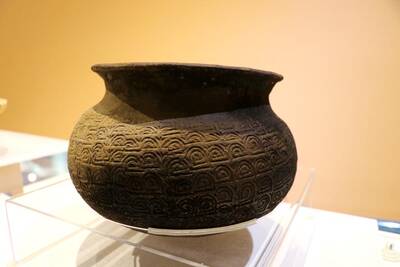
The People’s Republic of China (PRC) yesterday paraded its military hardware in an effort to impress its own population, intimidate its enemies and rewrite history. As always, this was paced by a blizzard of articles and commentaries in the media, a reminder that Beijing’s lies must be accompanied by a bodyguard of lies. A typical example is this piece by Zheng Wang (汪錚) of Seton Hall in the Diplomat. “In Taiwan, 2025 also marks 80 years since the island’s return to China at the end of the war — a historical milestone largely omitted in official commemorations.” The reason for its